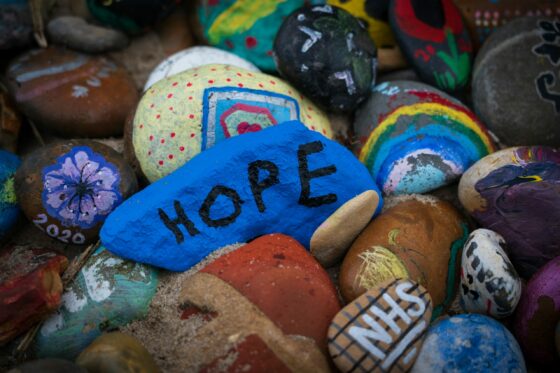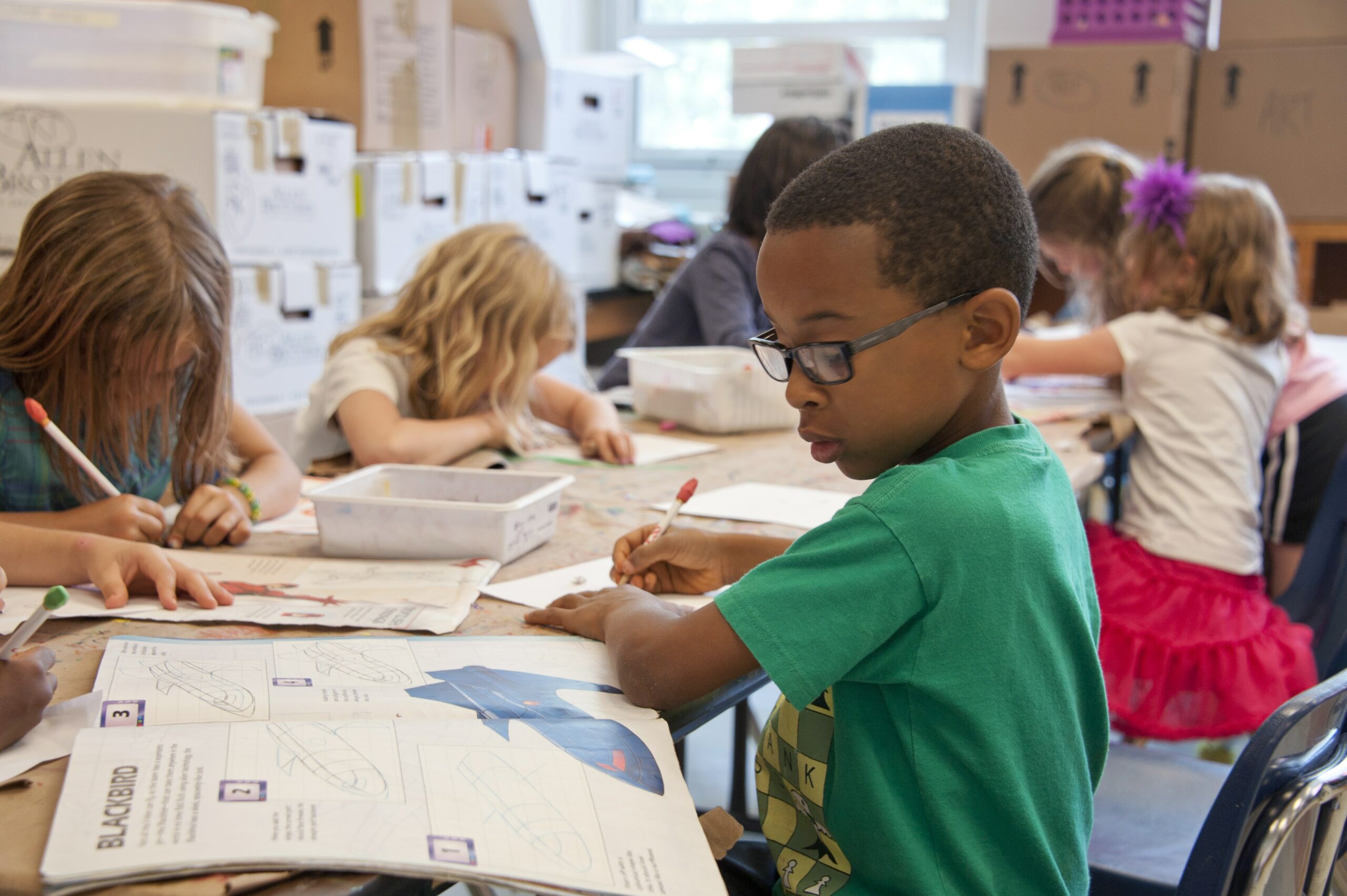
Blog
Imagine Hope!
In my fifth grade classroom during the peak COVID era—a hugless year of masks, social distancing and hand sanitizer, I had a student named Chloe

In my fifth grade classroom during the peak COVID era—a hugless year of masks, social distancing and hand sanitizer, I had a student named Chloe



The Imagine Project, Inc. is a 501c3 organization, we appreciate your continued support helping ki

Join our community to get the latest tips, exclusive offers, and updates straight to your inbox. Don’t miss out—subscribe now and be the first to know!